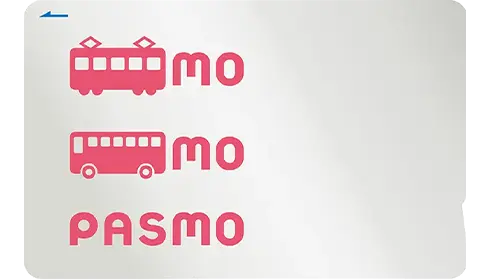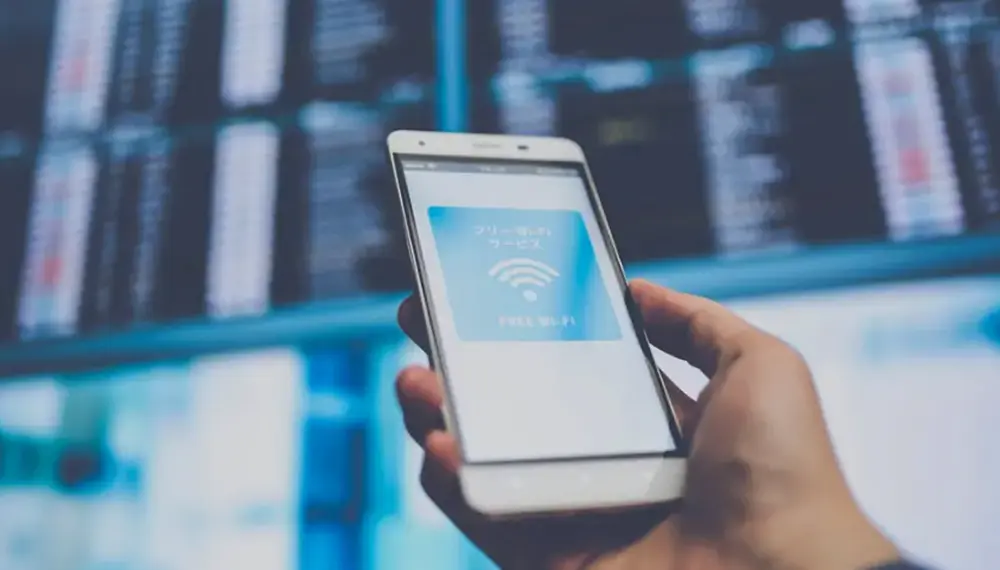
- Share this page
Share this page
- EN
Select Language
- FAVORITES
- Search
Detailed search: You can do a detailed search by keyword, genre, time, area and tag.
Main content starts here.
- Visit Tokyo |
- EXPERIENCES |
- Getting Around |
- Transportation in Tokyo |
- How to use the Tokyo subway system - with map
Updated: September 2, 2025
How to use the Tokyo subway system - with map
Tokyo underground networks
Japan is renowned for its comprehensive and efficient train network–and its underground trains are no different. Covering the whole city with more than 280 stations, Tokyo subway lines will help you get to almost any destination quickly and easily. The clearly color-coded map is a handy guide, and with multilingual signs in both stations and trains, riding the subway has never been simpler. Tokyo Metro and Toei Transportation offer a variety of discount tickets that are a good way to save some cash if you're traveling a lot by subway in one day. Or pick up a rechargeable IC card to enter, exit and change between lines with the confidence of a local.
Tokyo Metro
The largest operator of subway train lines, Tokyo Metro provides 9 train lines covering 195 km of track between 180 stations. On average, almost 6.52 million passengers a day ride its network (during FY2023)—it's a key way to get around the city from the north-western suburbs to eastern neighborhoods across the Sumida River. Several of its lines connect directly with other train lines, so you don't always have to hop on and off a train to continue your journey smoothly.

Toei Lines
Toei is another major subway train operator in Tokyo, operating 106 stations connected by four lines: the Asakusa Line, the Mita Line, the Shinjuku Line, and the Oedo Line. In FY2023, they served an average of approximately 2.48 million passengers every day. The Oedo lines forms a loop around the city, and the Asakusa Line directly connects with other train lines that will take you all the way to Narita or Haneda Airport.
Other train lines
A range of network operators run train lines throughout the city, each requiring different tickets that can be purchased from ticket machines near the ticket gates. There are several JR lines, where you can use your JAPAN RAIL PASS; the Keio line will take you out west to the hiking area of Mt Takao and connects directly with the Toei Shinjuku subway line; and Odakyu will take you southwest towards the hot spring town of Hakone, as well as conveniently connecting to the Chiyoda subway line too.
Tokyo subway tickets and passes
There are a variety of options for getting around the Tokyo subway. Every station has multilingual ticket machines where you can buy a one-way fare ticket, or you can use a rechargeable transport IC card to swipe in and out of the ticket gates. Tokyo Metro and Toei have teamed up to offer a subway pass for tourists that can save you some yen, as well as being super convenient. Be mindful that the Tokyo subway lines are not operated by JR Railways so you cannot use a JR Pass.

Tokyo 1-3 day subway pass
If you're going to be riding the subway several times within a few days, grab yourself a tourist pass for unlimited travel on all subway lines, with choices of a 24-, 48-, or 72-hour ticket. They are available from Tokyo Metro Pass Offices and Tourist Information at some subway stations, branches of large electronics stores like Bic Camera, and tourist information centers throughout the city. You will need to bring your passport to show that you're a visitor to Japan.

Regular subway tickets
You can buy a regular one-way ticket from a multilingual machine at any subway station. Fares are determined by distance traveled, rather than by a particular route or station. Keep in mind that Tokyo Metro and Toei are separate companies so you will get separate tickets for both.
Tokyo Metro tickets cost from 180 to 330 yen depending on how far you travel. Toei fares are a little more expensive, ranging from 180 to 430 yen.
To enter the subway, insert your ticket into a ticket gate with a yellow slot and take it out the other side as you pass through. Hold onto it until the end of your journey, because you'll need it to get out.

IC cards you can use on the subway
There are two main rechargeable IC cards in Tokyo—Suica and PASMO. The only differences are who sells them and the design. They can be purchased for a 500-yen refundable deposit from ticket machines at station, where you can also charge them with additional funds.
Touch-in and touch-out at the ticket barriers for the smoothest travel experience, and there's another convenient feature—you can use your IC card to pay at other places, such as vending machines and convenience stores.
Mobile IC cards are available for smartphones. After downloading and setting up the mobile Suica or PASMO app, you can tap in with your phone. Charging can also be done through your phone.
Notice


Tips for getting around smoothly
- Line up to board the train at the designated spots. Wait for other passengers to disembark before getting on.
- Eating or drinking on the train is generally frowned upon, as is talking on your cell phone.
- Be conscious of your space. If you have a big backpack, turn it around and wear it on your front, or place it between your legs.
- If you're out late, bear in mind that your last train home will probably be between 23:30 and 00:30 the next day. The first trains of the morning start around 5:00.
- Trains have priority seats that should be given first to passengers who are pregnant, elderly, or who have disabilities.

Download a subway app
There are many useful apps that help you travel more smoothly. If you want to find different ways to get from point A to point B, the "Tokyo Metro my!" app lets you search route options including travel on trains, buses, taxis, and shared bicycles. The app also helps you travel by offering real-time, easily understandable information about which train cars are crowded, and where trains are. Japan Travel - Trip, Transit & Rail (Navitime) is a comprehensive app that offers information about everything from restaurant options to tourist destinations. If you search for a place you're interested in on the map, the app shows you how to get there. The app also automatically shows you any necessary tickets for transportation to your destination. If you already have a ticket, you can enter your ticket information, and the app will display route options and prices that include the ticket you've already purchased. It can even link you to websites where you can buy tickets to visit popular places around the city.


Check the subway operating hours
Trains run generally from 5am to around midnight. Always confirm your route using Japan Travel - Trip, Transit & Rail (Navitime) or online.
Avoid the rush hour
You may have heard stories or even seen a video of professional pushers, white gloved station officials who are tasked with getting people onto crowded trains, ensuring the doors are closed and that everything is working to time. Welcome to Tokyo's rush hour, which runs approximately between 7:30-9:30 and 17:30-19:30 although the mornings are definitely more of a squeeze. If you're not a fan of crowds or have large luggage, it may be worth outside the peak times.
Use the Tokyo metro free Wi-Fi
Plan your next delicious meal or send photos back home to make your friends jealous. Free Wi-Fi is available in many Tokyo Metro stations.

 (PDF:1,024KB)
(PDF:1,024KB)